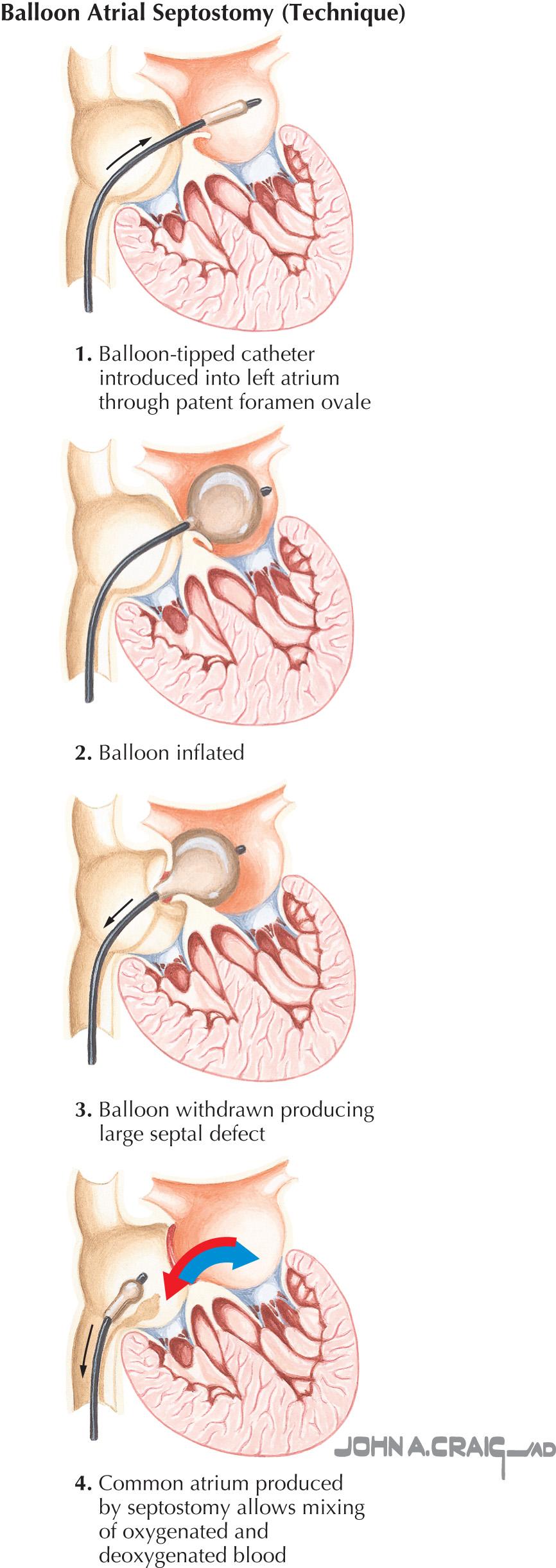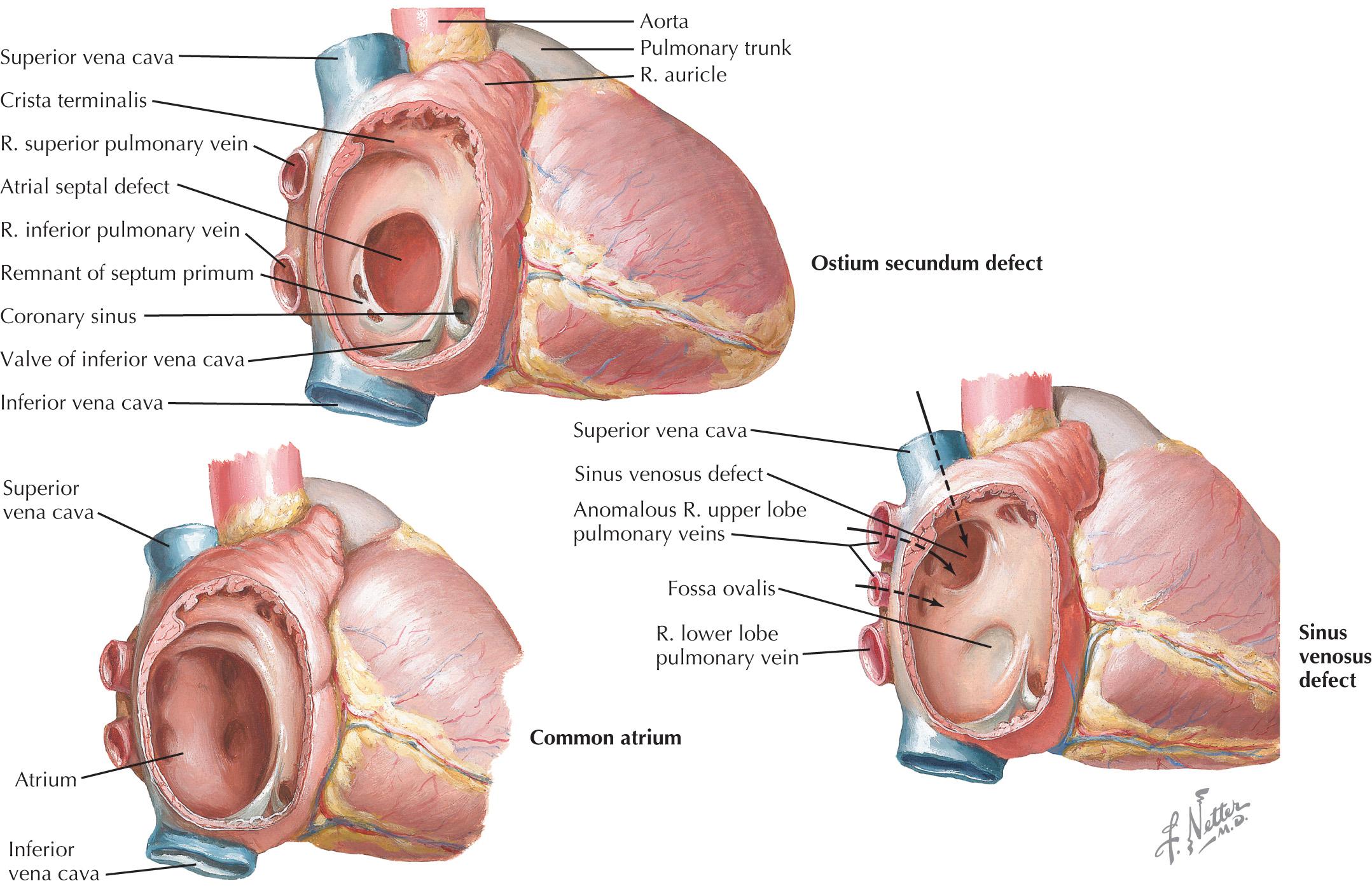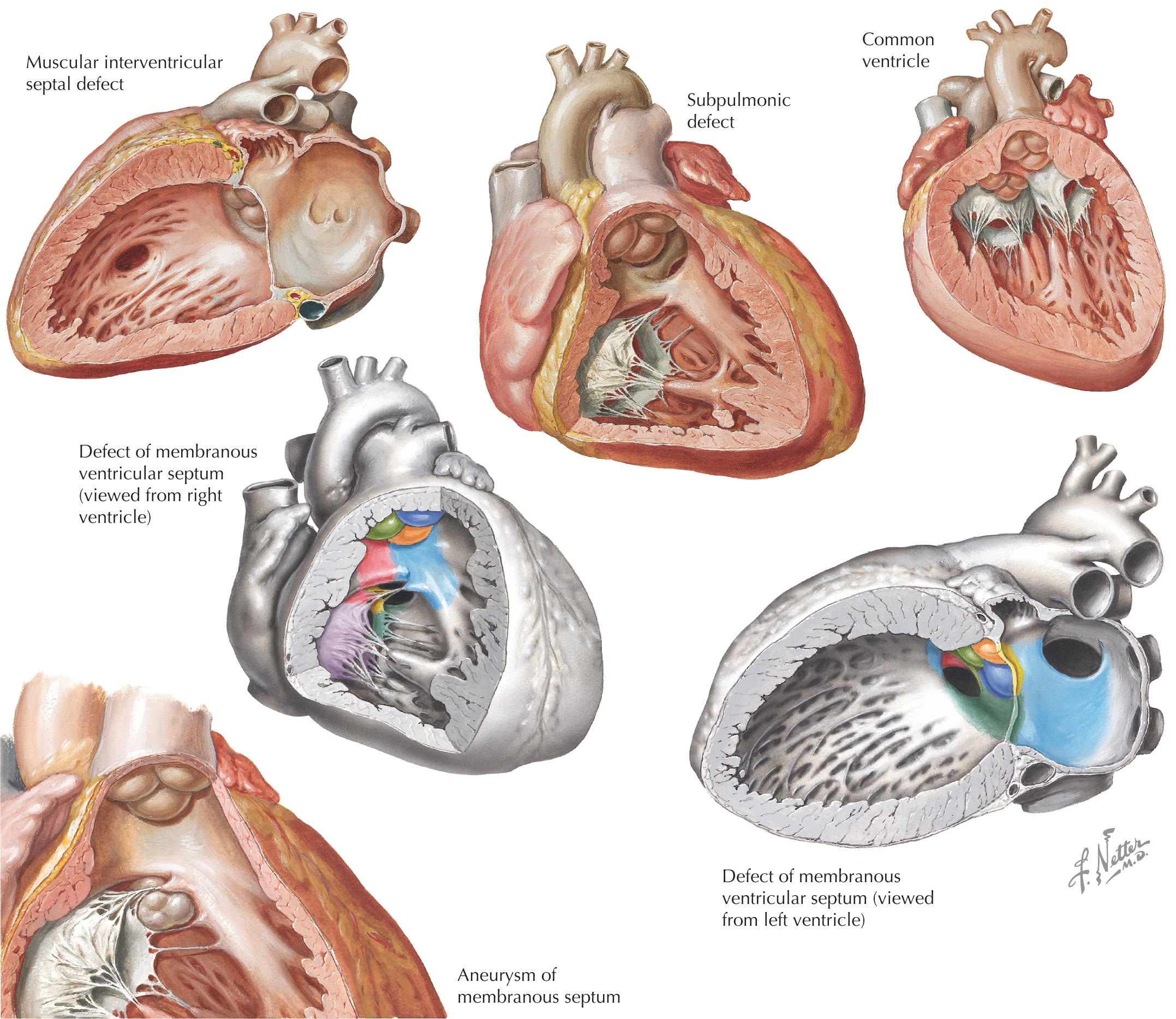Physical Address
304 North Cardinal St.
Dorchester Center, MA 02124
Congenital heart disease refers to any heart defect present at birth. The etiology of such defects is multifactorial, with environmental and genetic factors playing important roles. In utero development can be affected by metabolic stress from toxins, hypoxemia, and medications. Chromosomal abnormalities, such as trisomy 21, or inherited single gene disorders can also play important roles. Congenital heart disease therefore can present along a spectrum from very mild to life threatening depending on the severity of structural involvement. Many cases have no identifiable cause and are generally assumed to be due to complex multifactorial genetic influences.
Among adult patients with congenital heart disease, symptoms and clinical trajectory can vary dramatically on the basis of type and severity of the underlying condition. Because of improved imaging techniques and widely available screening tests, most life-threatening congenital heart disease is diagnosed in utero in the United States. In patients who have congenital heart disease in adulthood, many have been appropriately treated (often surgically corrected), followed by a pediatric/ congenital cardiologist, and remain on a stable trajectory. For patients who present for the first time with congenital heart disease in adulthood, there is typically a reason that the presentation was delayed. Among patients with severe congenital heart disease (cyanotic heart disease, large ventricular septal defect, or atrial septal defect), this is often due to lack of proper medical care and surveillance, but many patients can also present with progression of a clinical condition that was not previously detected despite adequate medical attention. Many patients also present after being lost to follow-up years after initial surgical treatment. It is helpful to group these patients on the basis of underlying pathophysiology and the presence or absence of previous surgical correction.
It is rare for cyanotic heart conditions to be diagnosed in adulthood, and when this occurs, it is typically due to lack of access to medical care. Cyanosis associated with congenital heart disease typically is the result of a significant amount of poorly oxygenated blood being shunted into the systemic circulation. This can occur due to improper mixing of blood at the atrial or ventricular level, with increased pulmonary outflow resistance that results in a right-to-left shunt. Examples of this type of cyanotic defect include pulmonary atresia with ventricular septal defect (VSD), tetralogy of Fallot (TOF), and Eisenmenger syndrome. Cyanosis can also result from the mixture of pulmonary and systemic venous returns despite normal or increased pulmonary blood flow. In most cardiac malformations classified in this group, a single chamber receives the total systemic and pulmonary venous returns. The mixing of oxygenated and desaturated blood can occur at any level: venous (e.g., total anomalous pulmonary venous connection [TAPVC]), atrial (e.g., single atrium), ventricular (e.g., single ventricle), and great vessel (e.g., persistent truncus arteriosus). In all these circumstances, near-uniform mixing of the venous returns usually occurs. Complete transposition of the great arteries (TGA) ( Fig. 51.1 ) can be included in this group, although only partial admixture of the two venous returns occurs, leading to severe hypoxemia.

Most of these patients require surgical correction in childhood. In the rare patient in whom presentation with cyanosis occurs in adulthood, careful evaluation of the pulmonary vascular resistance is required, and surgical correction is the treatment of choice in most cases when there is a viable pulmonary vascular tree, and systemic and pulmonic ventricular function remains preserved. Consultation with a congenital heart specialist and a surgeon specializing in the treatment of adults with congenital heart disease is essential. A summary of surgical techniques involved in the correction of cyanotic congenital heart defects can be found in Chapter 53 .
Chronic overload of the pulmonary circulation due to acyanotic congenital heart defects, including VSD, atrial septal defect (ASD), and patent ductus arteriosus (PDA), can result in arterial remodeling and a gradual increase in the pulmonary vascular resistance, which results in severe pulmonary hypertension. Eventually, resistance across the pulmonary circuit becomes elevated to the point where the shunt reverses, which results in cyanosis and right ventricular (RV) failure. The condition was first described by Dr. Victor Eisenmenger in 1897 and is relatively uncommon today in the developed world. However, in cases of lack of access to appropriate medical care, large ASDs, VSDs, or PDAs can present with gradual overload of the pulmonary vascular circulation and result in Eisenmenger syndrome.
This condition is difficult to treat with surgical correction of the underlying defect because severe and chronic pulmonary hypertension is often a contraindication to corrective surgery. For patients with severe elevation of pulmonary vascular resistance, closing the source of intracardiac shunt can lead to increased afterload and failure of the RV. Therefore, Eisenmenger syndrome is generally considered inoperable, and quality of life and survival are likely better with medical management only. In some patients, it has been reported that Eisenmenger syndrome can be successfully treated with pulmonary vasodilator therapy, and eventual successful closure of the primary defect. For patients in whom complete ASD or VSD closure is believed to be contraindicated, a fenestrated repair that leaves a small residual shunt can also be considered, with complete repair occurring at a later date.
Congenital heart defects that result in left-to-right shunting in the absence of hypoxemia are much more likely to allow survival into adulthood without clinical detection. The most common cause of acyanotic heart disease in the adult is ASD. Defects of the ostium secundum are the most common and often present later in life with dyspnea and RV enlargement and/or arrhythmias. Rarely, undiagnosed secundum ASD can result in severe pulmonary hypertension and even Eisenmenger syndrome, if left untreated. For patients with evidence of severe RV enlargement or with significant left-to-right shunt (>2:1) in the setting of secundum ASD, closure of the defect is recommended, and this can often be performed with catheter-based techniques (see Chapter 52 ). However, for patients with complex ASDs that involve abnormal venous return (sinus venosus ASD) or the septum primum (primum ASD), surgical closure is the treatment of choice due to the involvement of other cardiac structures. Primum ASD is often associated with abnormalities of the mitral valve and endocardial cushions, and superior sinus venosus ASD is commonly associated with anomalous pulmonary venous return. These defects do not occur with a complete tissue rim, making device-based closure impractical ( Fig. 51.2 ).

VSD is typically diagnosed early in life due to the significant amount of turbulence causing an audible murmur on auscultation (the classic murmur of a VSD is a loud pansystolic murmur with an early diastolic component). However, in patients with lack of access to medical care, VSD can be well tolerated and allow survival into adulthood with relatively good functional status. This depends on the size of the degree of shunting associated with the defect. For “restrictive” VSD (<10 mm), patients will often present with a loud murmur without signs or symptoms of congenital heart failure. These small defects can often be observed without clinical consequence and are associated with normal pulmonary artery pressure and lack of left heart volume overload. Nonrestrictive VSD can progress to severe overload of the pulmonary vascular circuit, which results in severe pulmonary hypertension and Eisenmenger syndrome.
Anatomically, VSDs can be classified into four separate groups. Perimembranous VSD is the most common and accounts for 80% of clinically diagnosed defects (small muscular VSDs may be more common but these typically close spontaneously and remain undiagnosed). These defects are adjacent to the left ventricular outflow tract, and can be associated with aneurysmal deformation of the septal leaflet of the tricuspid valve and possibly left ventricular to right atrial shunting. The defect is often restrictive and can be followed conservatively. The second most common anatomic grouping is muscular VSD, which accounts for 5% to 10% of all cases. Muscular VSDs can often be multiple, and sometimes are amenable to percutaneous closure. Less common types of VSDs include supracristal (subpulmonic) and posterior (canal type). Supracristal VSD is usually associated with abnormalities of the right coronary cusp that causes aortic regurgitation, and when symptomatic, requires surgical VSD repair and repair and/or replacement of the aortic valve. Posterior or canal-type VSD is usually not associated with abnormalities of the atrioventricular valve and is typically isolated in the posterior portion of the ventricular septum. Together, supracristal and posterior VSDs account for <10% of all clinical presentations ( Fig. 51.3 ).

PDA is a third form of acyanotic heart defect that can lead to persistent left-to-right shunting and overload of the pulmonary circulation. Although PDA closure usually occurs spontaneously at the time of birth due to the lack of exposure to maternal prostaglandins and increases in neonatal blood oxygen content, the presence of stressors at the time of birth can lead to persistent patency. The degree of shunting through the defect is dependent on the length and width of the PDA and the underlying resistance to pulmonary blood flow. Patients with low pulmonary vascular resistance can develop a persistent shunt into adulthood. Persistent shunting can lead to pulmonary hypertension and left ventricular overload. Fortunately, most PDA shunts can now be effectively closed with percutaneous techniques in most patients. In addition, medical treatment of PDA with nonsteroidal antiinflammatory agents can also be an effective measure to initiate physiological closure.
Become a Clinical Tree membership for Full access and enjoy Unlimited articles
If you are a member. Log in here